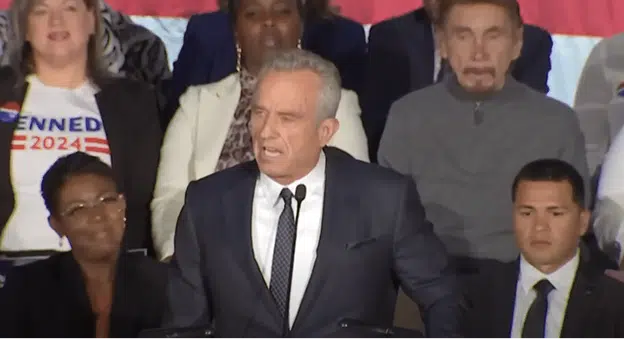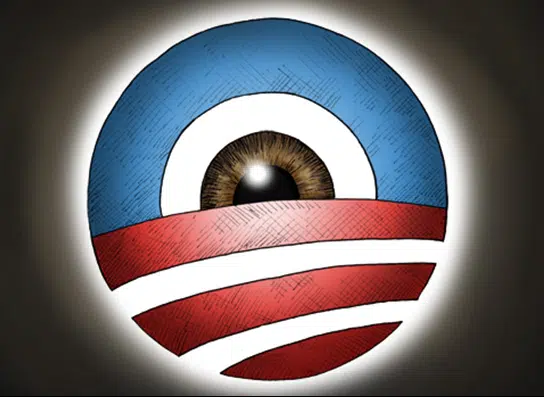Good news from the trade war front. As high-level talks continue between U.S. and Chinese trade officials, on Jan. 8, President Donald Trump tweeted, “Talks with China are going very well!”
Similarly, a Chinese official told the Wall Street Journal that the talks have been “constructive.”
Certainly, that’s news I think everyone wants to hear. Currently, the U.S. is levying 10 percent tariffs on $200 billion of Chinese goods shipped to the U.S. that came atop a 25 percent tariff on $50 billion of goods from China.
While the talks were ongoing, Trump gave China a 90-day reprieve from the 10 percent tariff also rising to 25 percent, which was supposed to happen this month.
But this is one area, and the President understands this, where talk is cheap. 2017 set a record for the trade deficit in goods with China when it topped $377 billion according to the Census Bureau. Unfortunately, 2018 looks like it will be even larger.
Excluding November and December data that is not yet available for 2018, the goods trade deficit from Jan. 2017 to Oct. 2017 was $309.3 billion.
For Jan. 2018 to Oct. 2018, it is up to $344.5 billion, an 11 percent increase. By the time November and December data come in, the trade in goods deficit with China will likely be north of $410 billion.
So, maybe the trade talks with China are going well, but the trade deficit numbers with China tell a different story. It’s fair to point out that Trump has not had very much time to reverse the numbers, but presidents only serve four-year terms at a time.
Trump will be judged by what happens with the trade deficit, how it grows and how he responded.
That is why, no matter what happens, Trump must not bring the tariffs down unless and until the trade deficit numbers come down, too. That has to be the deal, or else, there should be no deal. China simply cannot be allowed to flood U.S. markets the way they are.
And Trump cannot afford to accept a bad deal, either, the definition of which will be one that fails to reduce the trade deficit. That’s how he is going to be judged.
Which brings us back to the tariffs. 25 percent might not be nearly enough to eliminate the cost advantage China has, and that does not even consider the market share advantage it has. Many aspects of U.S. manufacturing have been so completely outsourced that it could take years or even decades to recover to bring that production back here — and then only if the right policies are put into place today.
It took 20 years for China to grow the way it has and to amass its global market share as an export economy. It might appear cynical, but it is not unreasonable to foresee that it could take a similar time increment — or longer — to circumvent or alleviate that situation or to restore balance.
Where Trump might gain an assist is if China’s economy truly is on the ropes. Bloomberg did a recent report suggestion that domestic consumption tax revenue has declined precipitously. If the tariffs are hurting, and 25 percent would be even worse, then China may yet have the incentive to work out a deal at the table.
But Trump must be wary that’s it’s not simply a deal in name only.
In 2016, President Trump correctly observed that as American production has been outsourced via NAFTA and the WTO, the U.S. has suffered greatly. The data certainly bears that out. Labor participation among working age adults has been declining. Economic growth has been slowing, not above 4 percent since 2000 and not above 3 percent in 2005 — and 2018 looks like it won’t be any better. Trump correctly identified the problem.
As far as solutions go, he does get credit for trying but he must realize that the U.S. is only at the very, very beginning of this process, and likely, what he is attempting to do will take a generational commitment to fully rebuild economic and productive capacity here and to balance trade flows, if that is the policy the American people continue to embrace. The President must continue to build consensus for that policy so that his successors will carry the project forward.
Because China is not just going to give that production back. All they have to do is run out the clock on the Trump administration, even if that takes the full eight years. Their hope is that a different president that is okay with outsourcing eventually gets elected. In the meantime, they need only do nothing. To get the deal he wants, Trump has to prove to the Chinese that it’s better to make a deal now nicely than under more adverse conditions later — because one way or another, that trade deficit is coming down.
Robert Romano is the Vice President of Public Policy at Americans for Limited Government.








